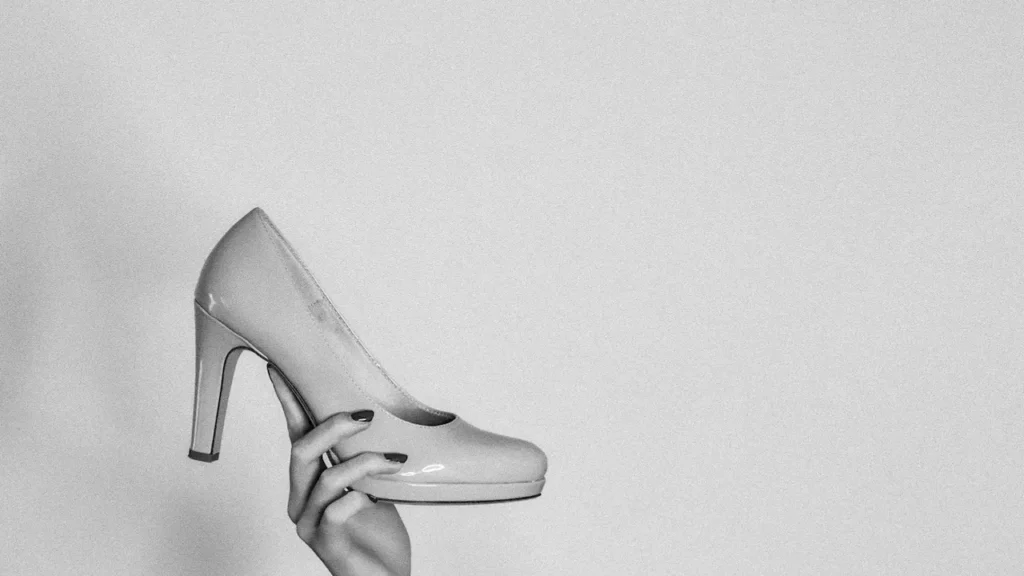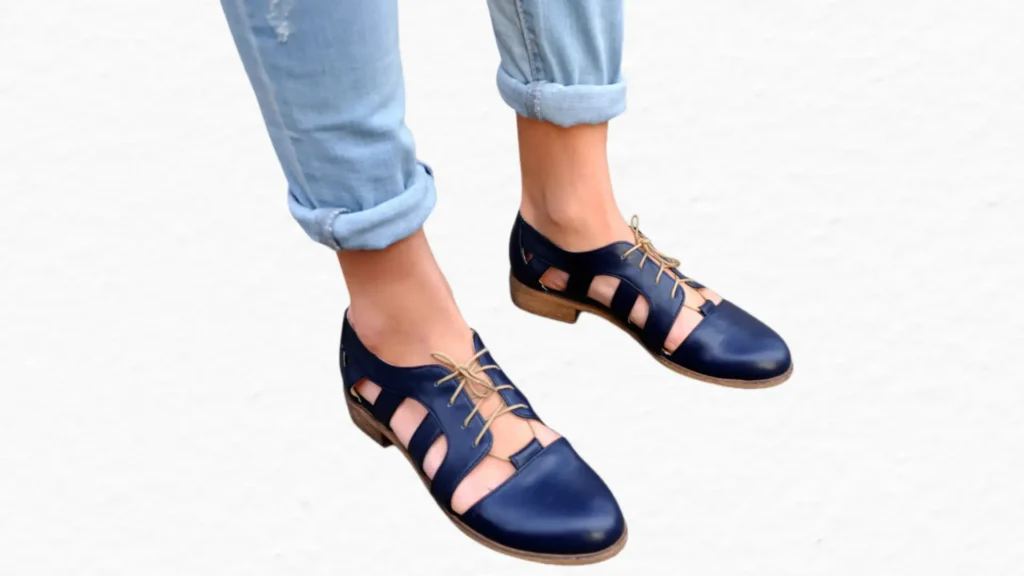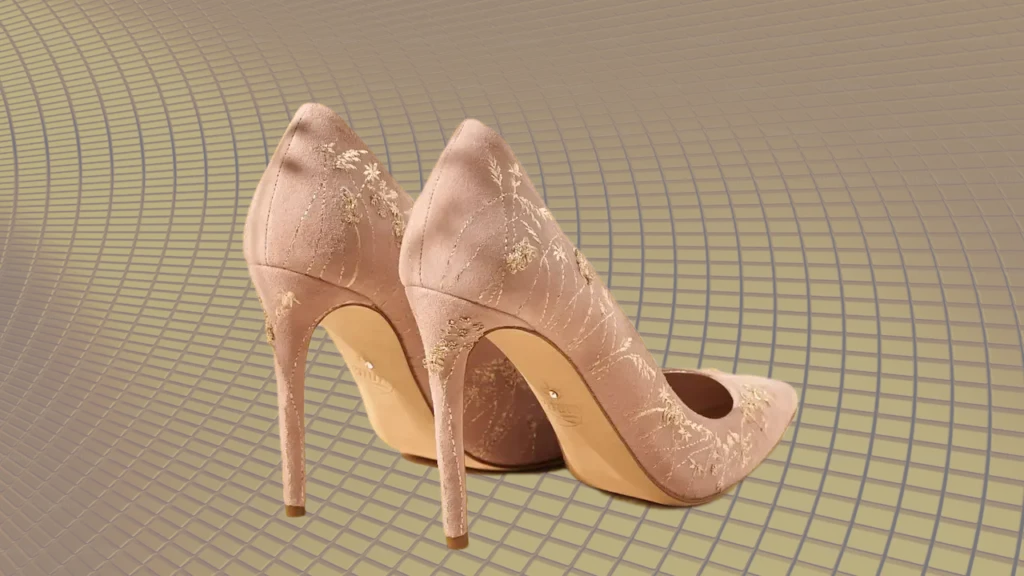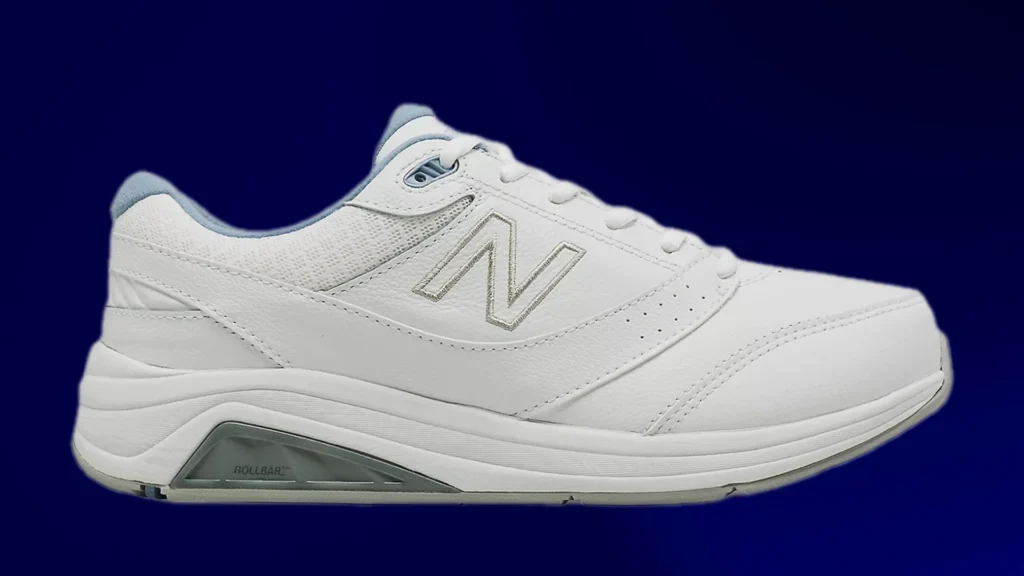Footwear industry’s environmental toll is no secret. To reduce the impact on environment, brands and consumers are shifting the perception into the sustainability. Eco-friendly shoes are no longer a niche now. They’re stylish, functional, and built for every season.
Sustainable shoes are now everywhere. The choice of sustainable shoes changes depending on season. Different seasons provides different materials to produce sustainable footwear. Seasons decide when a shoe would be highly fashionable and available. So your choice of sustainable shoes are influenced by the seasons.
Key Ingredients of Sustainable Shoes
Sustainable shoes are designed with environmentally friendly materials and processes to minimize their ecological footprint. The specific ingredients used vary depending on the brand and the type of shoe. Here are some common components:
Upper Materials:
Organic Cotton: Grown without harmful pesticides and fertilizers.
Hemp: A highly sustainable crop that requires little water and no pesticides.
Recycled Polyester: Made from recycled plastic bottles.
Piñatex: A leather alternative made from pineapple leaf fibers.
Cork: Harvested from the bark of cork oak trees without harming the tree.
Recycled Leather: Made from leather scraps and offcuts that are repurposed.
Mushroom Leather (Mycelium): A biodegradable material made from mushroom roots.
Lining and Insoles:
Recycled Foam: Used for cushioning in insoles.
Natural Rubber: Harvested from rubber trees, used for insoles and midsoles.
Cork: Also used for insoles due to its comfort and sustainability.
Organic Wool: Provides warmth and breathability.
Outsoles:
Natural Rubber: Durable and biodegradable.
Recycled Rubber: Made from old tires and other rubber products.
Algae-Based Foam: Some brands use foam made from algae biomass to reduce water pollution.
Adhesives:
Water-Based Glues: Less toxic and more environmentally friendly than solvent-based glues.
Dyes and Finishes:
Natural Dyes: Derived from plants, minerals, and other natural sources.
Low-Impact Dyes: Require less water and energy to produce and are free from harmful chemicals.
Other Components:
Recycled Laces: Made from plastic bottles.
Metal-Free Leather: Tanned without harmful chemicals like chromium.
Packaging:
Recycled Cardboard: Used for shoeboxes.
Biodegradable Bags: For wrapping the shoes.
How to Choose Sustainable Footwear

From spring’s first bloom to winter’s deep freeze, here’s how to choose sustainable shoes for every season.
Spring: Blossom-Ready
Spring is a season of transition. Mud gives way to green, and heavy boots trade places with lighter kicks. Sustainable spring shoes prioritize breathability and natural materials. These breathable materials keep your feet fresh and the Earth intact.
Hemp Sneakers: Hemp is a sustainability champion. This fast-growing plant thrives with little water, no pesticides, and enriches soil as it grows. 8000Kicks weave hemp into sneakers for lightweight, durable, and naturally antimicrobial outcome.Some even toss in hemp insoles for extra cushioning.
Cork Flats: Cork, peeled from the bark of cork oak trees every 9–12 years without harming the tree, is renewable and versatile. Its honeycomb structure makes it lightweight, water-resistant, and shock-absorbent. Veja’s cork flats, blended with organic cotton and recycled rubber, bring a minimalist vibe to spring outfits.
Spring’s unpredictable showers and rising temps demand adaptable footwear. Hemp and cork sidestep the energy-intensive production of synthetics. They offer biodegradable alternatives that decompose without a trace. Look for certifications like Fair Trade or GOTS (Global Organic Textile Standard) to ensure ethical sourcing.
Summer: Sun-Friendly
Summer footwear is all about freedom. They are chosen for open toes, sandy beaches, and breezy evenings. Sustainable options lean into recycled materials and minimalist designs. They slash waste while keeping you cool.
Recycled Plastic Sandals: Every year, 8 million tons of plastic enter our oceans. Rothy’s and Adidas (via their Parley for the Oceans partnership) turn this crisis into opportunity. They spin discarded bottles into chic sandals and flip-flops.
Rothy’s, for instance, uses a 3D-knitting process to minimize scraps, while Adidas offsets production emissions. Each pair keeps plastic out of marine ecosystems—up to 11 bottles per sandal.
Tencel Slip-Ons: Tencel is a summer standout. It is a lyocell fiber made from sustainably harvested eucalyptus and beech wood pulp. It’s soft, breathable, and biodegradable, with a closed-loop production process that recycles 99% of its water and solvents.
Allbirds’ Tree Breezers blend Tencel with sugarcane-based soles. It delivers a slip-on that’s carbon-neutral and compostable. They’re perfect for picnics and casual Fridays.
Summer’s heat demands low-impact, airy shoes. Recycled plastics and Tencel cut energy use and landfill contributions, aligning with the season’s laid-back ethos. Many brands now offer vegan glues and dyes. Check labels to maximize your eco-impact.
Fall: Durable, Trail-Ready
Fall paints the world in amber and crimson. It also brings wet leaves, crisp air, and rugged terrain. Sustainable fall shoes need to endure while honoring ethical roots.
Organic Leather Boots: Leather gets a bad rap for its water use and chemical tanning. Organic leather flips the script. Sourced from regenerative farms and tanned with plant-based compounds, it’s far less toxic.
Nisolo’s ankle boots, handmade in Peru under fair-wage conditions, combine this leather with recycled rubber soles. They’re sturdy enough for hikes and polished for city streets.
Recycled Rubber Rain Boots: Fall’s drizzle demands waterproofing, and recycled rubber delivers this. Everlane’s ReNew Rain Boots repurpose plastic and rubber waste into sleek, knee-high designs. Hunter’s FSC-certified sustainable shoes use natural rubber from responsibly managed plantations. Both resist cracks and leaks. They help keep you dry without drowning the planet in new synthetics.
Durability is king in fall. Fewer replacements mean less waste. These materials balance function with ethics. They support small-scale artisans and circular economies. You can seek out B Corp-certified brands for transparency in labor and environmental practices.
Winter: Weatherproof
Winter tests footwear to its limits. Snow, slush, and biting cold require insulation and grit. Sustainable winter shoes fuse warmth with waste-reducing innovation.
Recycled Wool Slippers: Indoors, nothing beats wool’s natural coziness—it’s moisture-wicking, odor-resistant, and renewable. Baabuk’s slippers cut textile waste while keeping toes toasty. They are crafted from recycled wool scraps and felted into snug shapes.
Some designs use natural rubber soles for quick outdoor dashes. Wool’s biodegradability seals the deal.
Vegan Snow Boots: Traditional snow boots lean on leather and synthetic fills. Vegan alternatives are gaining ground. Will’s Vegan Store crafts boots with bio-based insulation (corn and hemp-derived fibers) and linings from recycled PET bottles.
Waterproof coatings fend off blizzards. Sustainable footwear use plant-based ingredients to produce these coatings. Meanwhile, Saola blend recycled down-like padding with algae-based foam soles. Your winter shoes, thus, can be animal-free and eco-smart.
Winter’s harshness meets its match in recycled and bio-based materials. This slash reliance on fossil fuels. These shoes outlast cheap fast-fashion pairs. They make them a long-term investment in sustainability.
Beyond the Seasons: Maximizing Your Shoe’s Lifecycle
Picking sustainable shoes is step one. How you care for them determines their true impact. Extend their life and shrink your footprint with these strategies.
Skip harsh chemicals. Mix vinegar and water for stains, or sprinkle baking soda to deodorize. Plant-based soaps work wonders on organic materials.
A worn sole and loose stitch isn’t a death sentence. Local cobblers can revive shoes for a fraction of a new pair’s cost and carbon footprint.
When they’re truly done, don’t trash them. Nike’s Reuse-a-Shoe grind old kicks into sports surfaces. Soles4Souls redistributes wearable pairs to communities in need. Some brands offer mail-back recycling—check their websites.
Footwear’s environmental stats are sobering: 37.79 billion tons of CO2 emitted yearly. 90% of shoes that means around 22 billion pairs of shoes are landfill-bound within a year.
Yet consumer demand is shifting—studies show 71% of global shoppers prefer sustainable brands. Sustainable shoes aren’t just a purchase; they’re a vote for cleaner supply chains, circular design, and a future where fashion doesn’t cost the Earth.
From hemp sneakers to vegan snow boots, every season offers a chance to step up. Brands are listening, innovating with algae foams, pineapple leather, and mushroom-based soles.
The options are vast, the impact tangible. So, lace up and slip on.




